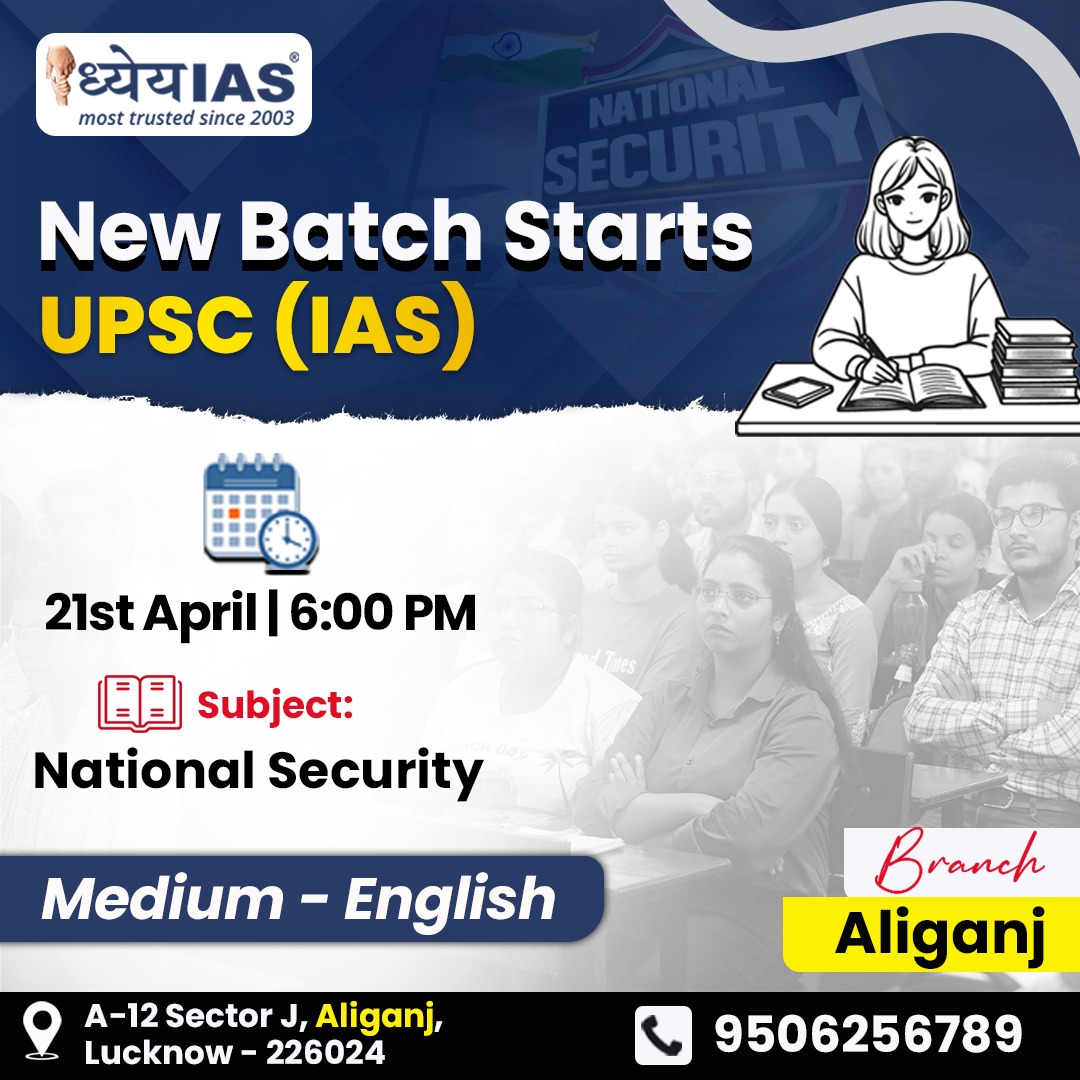Context:
The Telangana government has officially notified the implementation of the Telangana Scheduled Castes (Rationalisation of Reservations) Act, 2025, becoming the first Indian State to operationalise the sub-categorisation of Scheduled Castes (SCs) following the Supreme Court’s landmark judgment on August 1, 2024. This development marks a significant advancement in the reservation framework, aiming to ensure equitable distribution of benefits among SC sub-castes based on their relative socio-economic conditions.
Categorisation Structure
As per the government notification effective April 14, 2025, Telangana has divided its 59 Scheduled Caste sub-castes into three groups for reservation purposes:
- Group-I (Most Backward SCs): Comprises 15 sub-castes, considered the most socio-economically backward. This group is allocated 1% reservation, even though they constitute only 0.5% of the SC population, to promote access to education and employment.
- Group-II (Marginally Benefited SCs): Includes 18 sub-castes that have received limited benefits under existing policies. They are assigned a 9% reservation share.
- Group-III (Relatively Better-Off SCs): Consists of 26 sub-castes who have historically had greater access to opportunities. This group receives 5% reservation.
Supreme Court’s Verdict on Sub-Classifications
· The Supreme Court ruled that states are constitutionally permitted to sub-classify SCs and STs within the existing reservation quotas to address varying levels of backwardness.
· This means that SCs can be internally stratified within the 15% reservation quota based on empirical evidence and historical disadvantage. The Chief Justice of India distinguished between “sub-classification” and “sub-categorisation,” emphasising that such measures must not be used for political appeasement but should aim at genuine upliftment.
· The Court also extended the 'creamy layer' principle—previously applicable only to Other Backward Classes (OBCs)—to SCs and STs. Consequently, economically and socially advanced individuals within SCs and STs may be excluded from reservation benefits to ensure that only the truly disadvantaged benefit.
· Importantly, the judgment stated that 100% reservation for any sub-group is not permissible, and any sub-classification must be subject to judicial review. Furthermore, reservation benefits are to be limited to the first generation; subsequent generations who have already availed the benefits and attained higher status would not be eligible again.
Implementation and Impact
Of the total 59 SC sub-castes, 33 remain in their existing categories, while 26 sub-castes (3.43% of the SC population) have been reclassified. The policy will guide future recruitment to government jobs, though it will not apply to vacancies already notified.
Conclusion
Telangana’s sub-categorisation of SC reservations marks a pioneering step in addressing intra-caste disparities, ensuring that the benefits of affirmative action reach the most disadvantaged groups. This initiative could serve as a model for other States aiming to enhance the effectiveness and fairness of reservation policies.








